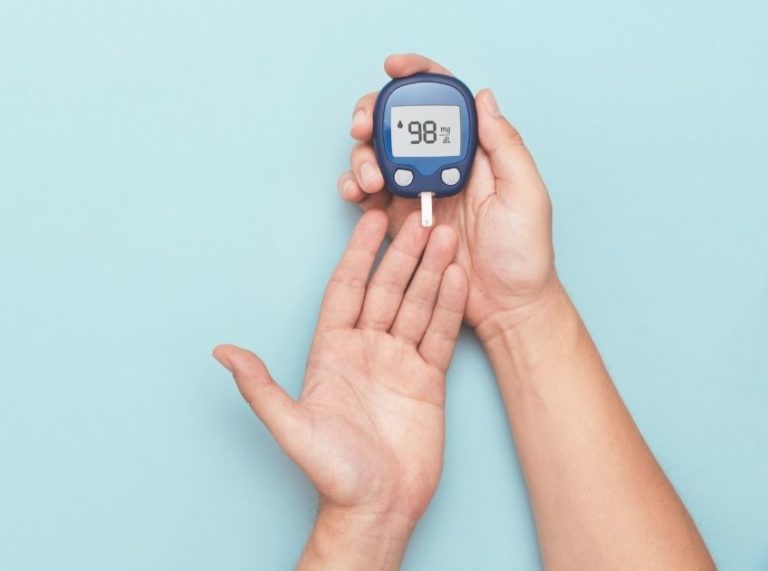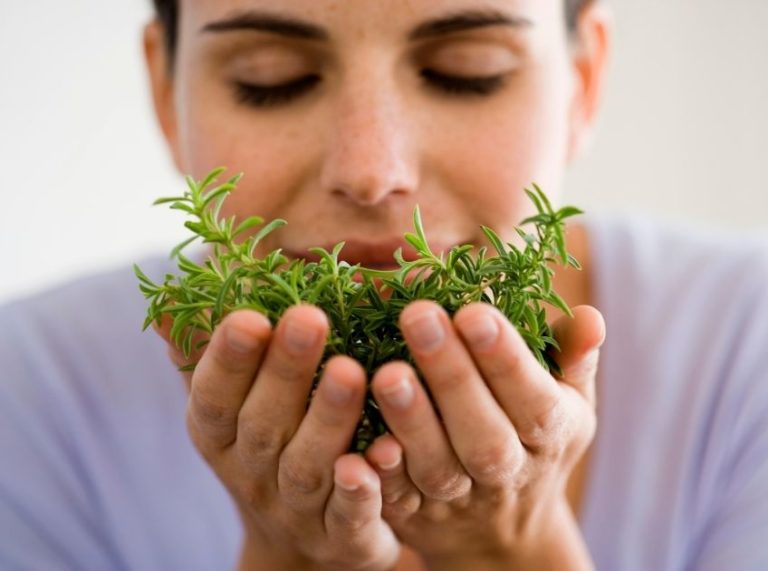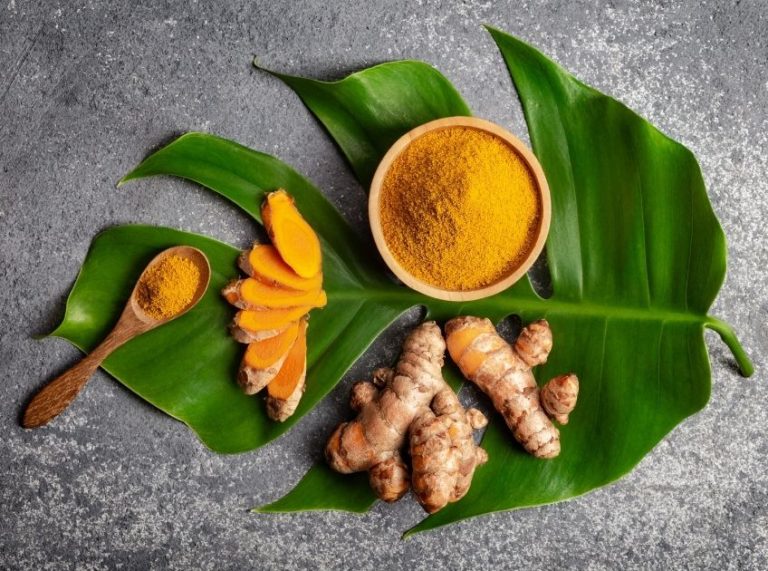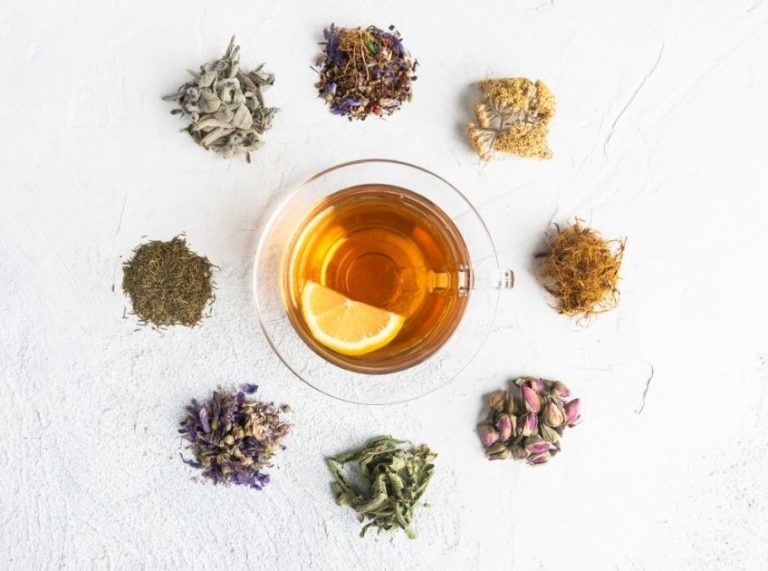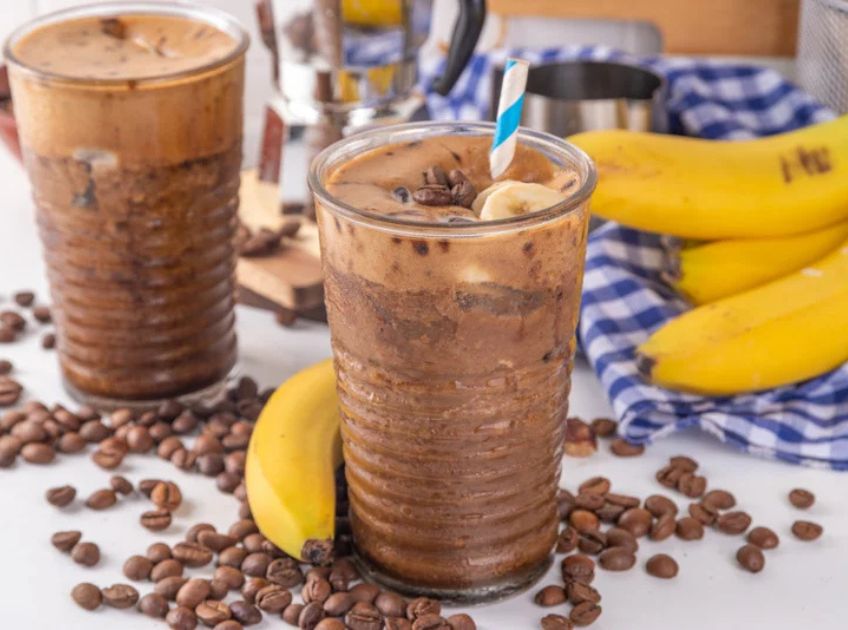
Important: This article is for informational purposes only. Please read our full disclaimer for more details.
A banana protein coffee smoothie is the perfect blend of creamy texture, natural sweetness, and a caffeine kick to fuel your day. Packed with protein, potassium, and antioxidants, this smoothie serves as a quick breakfast or post-workout drink that supports energy, recovery, and focus.
Tools You’ll Need for the Perfect Blend
To make a creamy and well-balanced smoothie, you’ll need:
- High-speed blender for a smooth consistency
- Measuring cups and spoons for accurate portions
- A tall glass or shaker bottle
- Ice cube tray (if using fresh fruit)
Ingredients for a Power-Packed Banana Coffee Protein Smoothie
- 1 ripe banana (fresh or frozen)
- 1 cup brewed and cooled coffee
- 1 scoop vanilla or chocolate protein powder
- ½ cup milk (dairy or plant-based)
- 1 teaspoon nut butter (optional for creaminess)
- Ice cubes as needed
Step-by-Step: How to Make This Creamy Energy Booster
Making this smoothie is quick and simple, but following the right order ensures the best flavor and texture.
- Brew the coffee first: Use regular or cold brew, then let it cool to avoid melting the banana and thinning the smoothie.
- Add the liquid base: Start with coffee and milk in the blender to help the blades move freely.
- Add the banana: Whether fresh or frozen, the banana adds creaminess and natural sweetness.
- Include protein powder and optional add-ins, such as nut butter, oats, or chia seeds, to boost nutrition.
- Blend until silky smooth: Use a high-speed setting for 30–60 seconds.
- Adjust the thickness: Add ice cubes or a little more frozen banana for a milkshake-like consistency.
- Pour and enjoy immediately: This smoothie tastes best when fresh and cold.
Smoothie Thickening Secrets
A thick smoothie feels more satisfying and luxurious. To achieve a creamy, dense texture:
- Use frozen fruit, especially bananas, to create a rich, ice-cream-like base.
- Add oats or chia seeds: They absorb liquid and provide fiber.
- Include Greek yogurt: Boosts protein and adds a velvety texture.
- Limit liquid: Start with less milk or coffee and add gradually to avoid a watery result.
- Blend longer: It incorporates air and emulsifies ingredients for a thicker finish.
Fresh vs. Frozen Fruit: Which Works Best?
Both have benefits, and the choice depends on your preference:
- Fresh bananas: Deliver a light, smooth texture and are easier to blend. Perfect if you want a thinner, drinkable smoothie.
- Frozen bananas: Create a creamy, milkshake consistency without adding ice. They also help keep the smoothie cold longer.
A study in Food Chemistry suggests frozen bananas retain most antioxidants and nutrients, making them a convenient option without major nutritional loss.
Should Bananas Be Frozen for This Smoothie?
Freezing bananas isn’t mandatory, but it does offer several perks:
- Creamy texture: Acts like natural ice cream in the smoothie.
- No need for ice cubes: Prevents watering down the flavor.
- Longer shelf life: Overripe bananas can be saved by freezing for future smoothies.
If you prefer a lighter drink or are blending on the spot, fresh bananas work just fine. For a thicker, cold smoothie, frozen is the way to go.
Can You Add Ground Coffee to a Smoothie?
Yes! Ground coffee can intensify flavor and caffeine content, but there are things to consider:
- Texture: Finely ground coffee is best to avoid grit.
- Flavor: Adds a strong, earthy taste compared to brewed coffee.
- Caffeine control: Ground coffee can make the smoothie more potent, so adjust to taste.
Research in Nutrients highlights caffeine’s ability to boost alertness and performance, so both brewed and ground forms are beneficial. If you prefer a smooth consistency, brewed coffee is ideal; for a bold kick, try grounds.
Expert Smoothie Tips for the Best Results
- Cool your coffee: Prevents melting and maintains thickness.
- Layer ingredients smartly: Liquids first, soft fruits next, powders and seeds last to ensure smooth blending.
- Choose quality protein powder: Clean ingredients improve flavor and nutrition.
- Don’t over-blend: Too much blending can thin out the texture.
- Taste and adjust: Add a touch of honey or cinnamon if you want more sweetness or spice.
What to Do With Leftover Smoothie?
If you make extra, don’t waste it. You can:
- Refrigerate in a sealed jar: Keeps fresh for up to 24 hours; shake before drinking.
- Freeze in ice cube trays: Blend later with a splash of milk or coffee.
- Use as overnight oats liquid: Mix with oats and let them soak for a high-protein breakfast.
- Make smoothie popsicles: Freeze in molds for a refreshing, protein-rich snack.
Scientific Backing for This Power Blend
- Bananas: Rich in potassium and natural sugars that support energy and muscle recovery (1)(2).
- Protein: Supports muscle repair and satiety; protein-rich breakfasts aid weight management (3).
- Coffee: Contains caffeine and antioxidants that boost focus and metabolism (Nutrients) (4).
Frequently Asked Questions (FAQ’S)
1. Can I make this smoothie dairy-free?
A. Yes, substitute with almond, oat, or soy milk and use plant-based protein powder.
2. Is this smoothie good for weight loss?
A. It can be, especially if used as a balanced meal replacement with controlled portions and low-sugar ingredients.
3. Can I prep this smoothie the night before?
A. Yes, but store it in a sealed container in the fridge and shake or blend before drinking to restore its creamy texture.
A banana protein coffee smoothie is a quick, nutrient-dense way to combine breakfast and coffee into one delicious drink. With the natural sweetness of banana, the protein boost, and the energizing caffeine, it’s an ideal morning or post-workout option that supports both taste and wellness.


